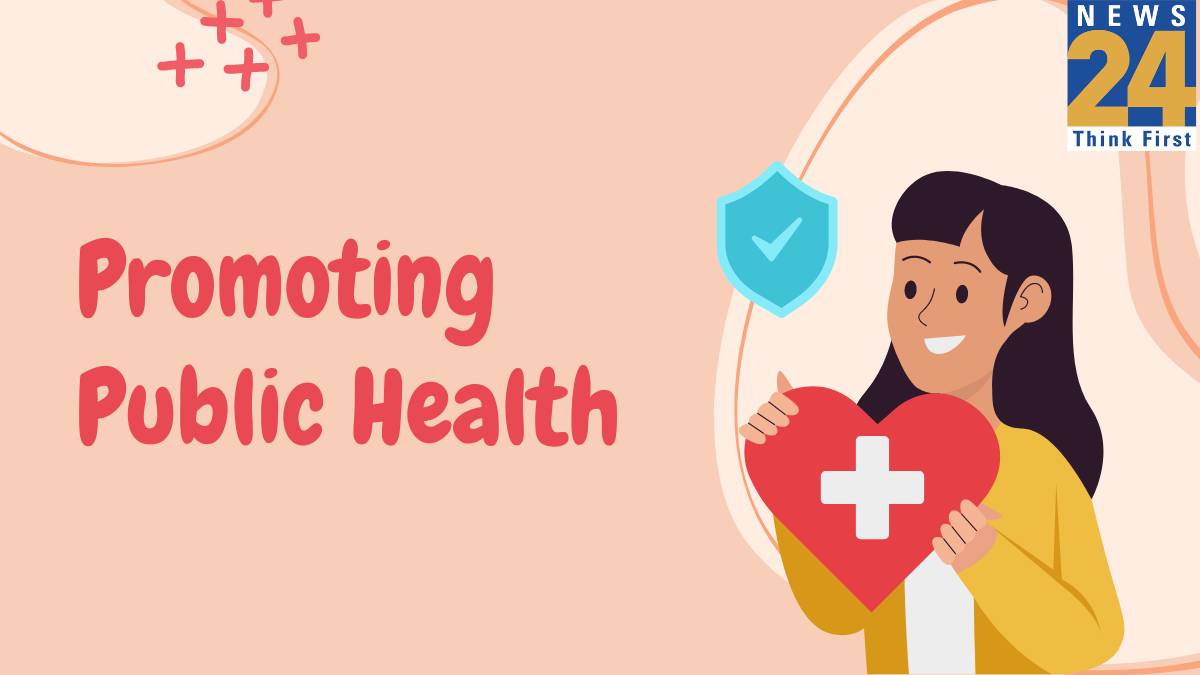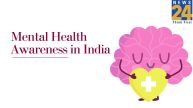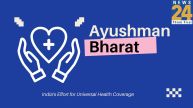The celebration of International Women’s Day 2024 attracted much needed conversations around cervical cancer, the second most prevalent form of cancer amongst Indian women caused by the human papillomavirus (HPV), that is 100% preventable. While the Union Government has denied reports that it intends to to roll-out an HPV vaccination campaign under its routine immunisation program, India does have a storied past with disease control and vaccination programs that is marked by progress towards ambitious targets in public health.
India’s immunisation milestones
India’s Universal Immunization Program (UIP) stands as the world’s largest public health endeavours, targeting close to 2.67 crore newborns and 2.9 crore pregnant women annually and providing free vaccination against 12 vaccine-preventable diseases. UIP has significantly reduced under-5 mortality rates and achieved major milestones such as the elimination of polio in 2014 and maternal and neonatal tetanus elimination in 2015. The Immunisation Division under the National Health Mission works to implement routine immunisations and supplementary immunisation activities (SIAs), monitors Adverse Events Following Immunization (AEFI), oversees vaccine and cold chain logistics, and ensures strategic communication and training related to the UIP.
To improve protection against Vaccine Preventable Diseases (VPD), Mission Indradhanush (MI) has been launched as a catch-up campaign to UIP in five, intensified iterations to increase full immunisation coverage amongst children to 90%, which according to the Health Management Information System (HMIS) portal, rested at 89% for the years 2021-22. As of 2023, 5.06 crore children and 1.25 crore pregnant women have been cumulatively vaccinated till date under 12 phases of the MI campaign. India is also targeting malaria elimination by 2030 and aims to achieve measles and rubella elimination by 2023 through high vaccination coverage. India’s COVID-19 vaccination drive, launched in January 2021, is also largely hailed as successful, with 100 crore doses being administered to the eligible adult population within the first 9 months and 97% of the eligible adult population receiving at least one dose of the vaccine by Decemeber 2022.
Communicable and non communicable disease programs
Programs aimed at communicable diseases employ a range of strategies from surveillance and early detection to treatment and public awareness campaigns. Among the flagship initiatives targeting communicable diseases are the Integrated Disease Surveillance Programme (IDSP), Revised National Tuberculosis Control Programme (RNTCP), National Leprosy Eradication Programme (NLEP), National Vector Borne Disease Control Programme (NVBDCP), National AIDS Control Programme (NACP), Pulse Polio Programme, National Viral Hepatitis Control Program (NVHCP), National Rabies Control Programme, and National Programme on Containment of Anti-Microbial Resistance (AMR). These initiatives have been critical for the eradication of leprosy and yaws in India, and the containment of diseases like avian influenza, H1N1, and Leptospirosis
In addition to communicable diseases, the Indian government has also prioritised non-communicable diseases (NCD) through initiatives such as the National Tobacco Control Programme (NTCP), National Programme for Prevention and Control of Cancer, Diabetes, Cardiovascular Diseases & Stroke (NPCDCS), and others. These programs focus on prevention, early detection, and management of diseases like cancer, diabetes, and cardiovascular ailments. Under NPCDCS, 707 District NCD Clinics, 193 district Cardiac Care Units, 268 District Day Care Centre, 5541 CHC NCD Clinics had been set up across India by 2022. In 2023, the Union Ministry also announced the 75/25 initiative aimed at putting 75 million people with hypertension and diabetes on Standard Care by 2025, primarily through Primary Health Centers (PHCs).
Way forward
Initiatives such as Ayushman Bharat Digital Mission (ABDM) reflect the government’s efforts to leverage technology to expand online health services and invest in a national digital health infrastructure. However, continued innovation, investment in infrastructure, inter-sectoral and centre-state coordination, and collaboration with international organisations and NGOs will be crucial in sustaining momentum towards public health targets and containing future outbreaks.









